Description
Nesting season is a very special time of the year and with our live hummingbird nest cams you can learn about their behavior by following and watching all of the action right on Hummingbird Spot.
If you are a newcomer to our cams, this video will answer many of your questions.
Female hummingbirds will build their nests before mating, spending up to seven days building their flexible, bowl-shaped nests. They are so tiny that the inside of the nest is about the size of a ping-pong ball cut in half. You can help mother hummingbirds by supplying nesting material such as light colored wool and natural cotton. And don’t throw out that old down coat or comforter. The hummingbirds will love to use this to line the inside!
Mother hummingbirds sometimes build their nests in very unlikely places. Our little mother Allen's hummingbird Emerald built her nest on a string of Christmas tree lights!
After the female hummingbird mates with the male who impressed her the most, her eggs take about 24 to 30 hours to start developing and then she will normally lay two eggs spaced one to two days apart. Unlike the many birds that share incubation duties between both males and females, hummingbird females are solely responsible for building the nest and taking care of the young. We’ve seen that the mother hummingbird will often stay off of the first egg for long periods to slow incubation until the second egg is laid. She does this to help the two eggs hatch as close to the same time as possible.
Then the eggs will hatch around 15 to 18 days after they were laid. After the nestlings hatch, they need a high-protein diet of insects to fuel their incredibly fast growth. They also need nectar to meet their high-energy needs. The mother will feed the chicks by regurgitating a slurry of nectar and insects directly into their crops. And when you watch this you would swear she’s putting it all the way down to their tails!
About nine days after they’ve hatched, the chicks will open their eyes and begin exercising their wings to prepare for their first flight. When they are ready they will “fledge” or leave the nest. This happens 18 to 28 days after they hatched. Within a month or even two in some tropical species, the baby hummingbirds are independent. The species that are migratory will be ready to strike out on their first journey.
Unfortunately not all nests are successful. Predators that are trying to feed their own young may attack the nest so both the hummingbird eggs and nestlings are always in danger.
The mother hummingbird might abandon the nest for unknown reasons.
But fortunately having a live camera on a nest gives us the opportunity to rescue a nestling if it is necessary. We always know the location of the nearest hummingbird rehabber.
Stay tuned to Hummingbird Spot where we hope to live stream more and more hummingbird nests every season.
---












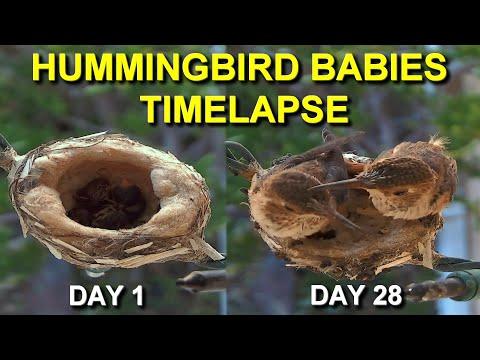

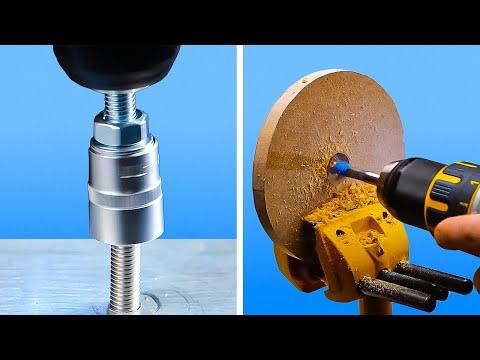
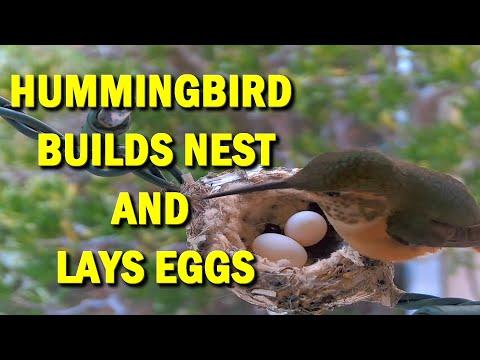
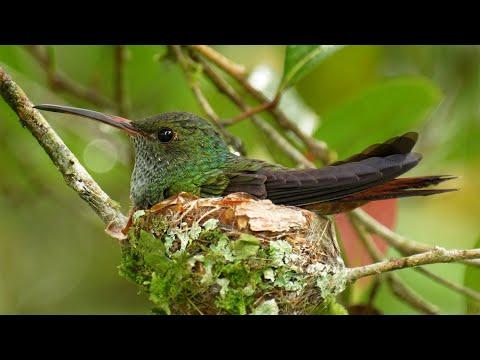
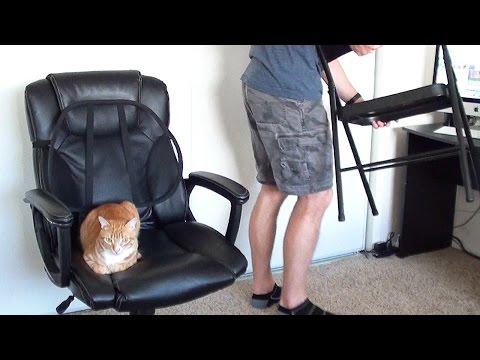
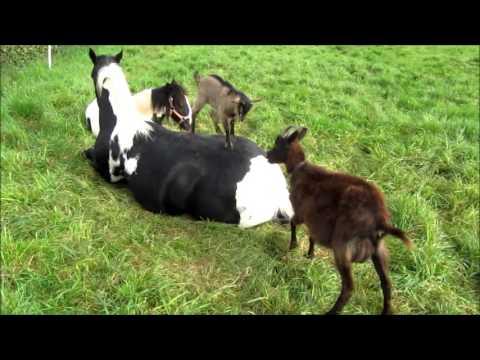
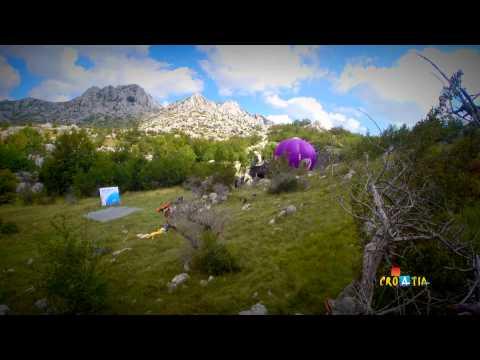


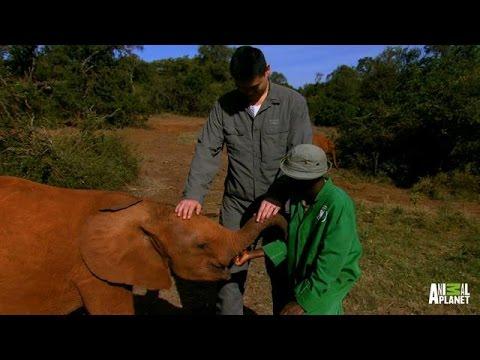



To see their precision in nest building is something out of this world!
Your choices are THE BEST!!!